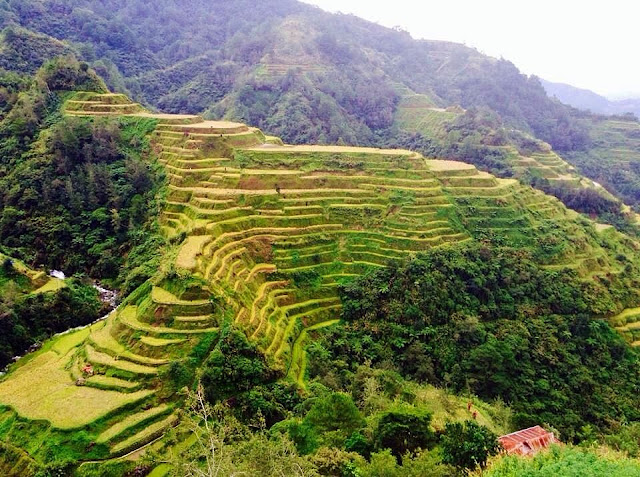Cusco, Peru: Almost Touching the Sky
We stayed in Lima for 2 nights before heading to Cusco. I was once again reminded about the caveat in our travel documents about altitude sickness. Other travelers in our group seemed to share my concern. In fact, some of them had to take Diamox. Our guide, nicknamed 24/7, addressed our collective apprehension and advised us to drink a lot of water and coca tea, chew on coca candy and eat light meals like soup. We should be okay. Our job was to drink plenty of water and coca tea and it was his job to find us a restroom. Our hotel offered coca tea and oxygen.
According to our guide 24/7, Cusco is 11,000 feet above sea
level and its peak at 13,000 feet above sea level is higher than Machu
Picchu. It was the birthplace and center
of the Inca Empire. Cusco in the Quechua
language means “the earth’s navel”. It
is a UNESCO world heritage site. As
such, it provided historical and mesmerizing attractions for us.
 We stayed there overnight and had a very educational visit to historical and architectural sites like Corikancha and The Church of Santo Domingo where the Spanish incorporated Inca stonework into the structure of the building. The stonework stood major earthquakes. From the courtyard, we saw the interlocking stonework.
We stayed there overnight and had a very educational visit to historical and architectural sites like Corikancha and The Church of Santo Domingo where the Spanish incorporated Inca stonework into the structure of the building. The stonework stood major earthquakes. From the courtyard, we saw the interlocking stonework.We saw a few pieces of art and learned about Inca culture from these artworks. For example, from a painting that represents the Milky Way, we learned that the Inca does not pay attention to the stars. They pay attention to dark spots.
We walked the narrow streets of Hatun Rumiyog and saw the palace of Inca Roca and the Stone of
Twelve Angles. We visited Barrio de San Blas and visited the
oldest parish church in Cusco (built-in 1563), and admired the carved wooden
pulpit.
Every spot at Plaza de Armas was a good vantage point for taking pictures. I just had to point my camera upwards to capture the azure blue sky and the vagabond clouds.
As if to add one last photo stop, our bus crept uphill to
Saqsaywaman, where it has stood for centuries, watching over the lands where
Spaniard colonizers had passed, and the modern-day tourists setting out for Machu Picchu
had stopped. Past the Saqsaywaman entrance, I saw a herd of alpacas.
Then
a few yards later, I saw a wall made of interlocking basalt stone and then
more walls.
I entered through a stone
gate to reach the top. After gasping
for air, I contemplated on what the woman at SFO told us. I stretched my arms and pointed my fingers
towards the sky. The woman was
right. It felt as if I could almost
touch the sky. Way down beneath my vantage point were the brown colonial roofs. I lingered a while to enjoy a 360-degree view of Cusco and watch the sky
transformed from azure blue to a pastel shade of orange with the last light of
day.
All photos by the author







Comments
Post a Comment